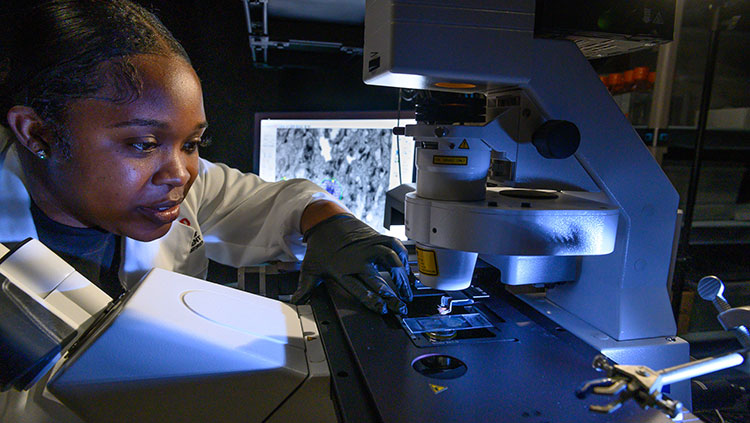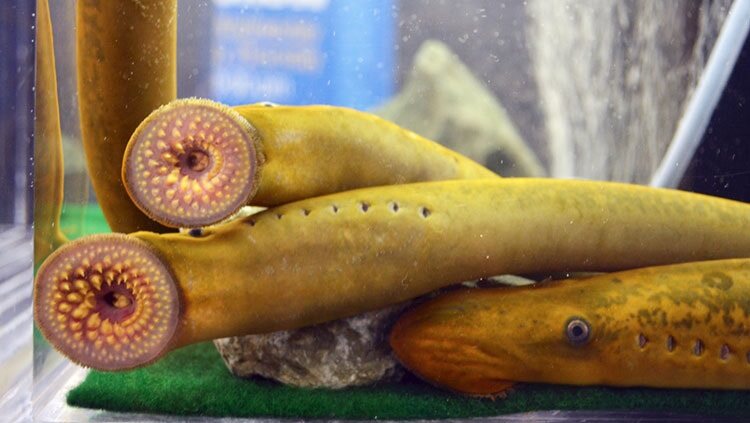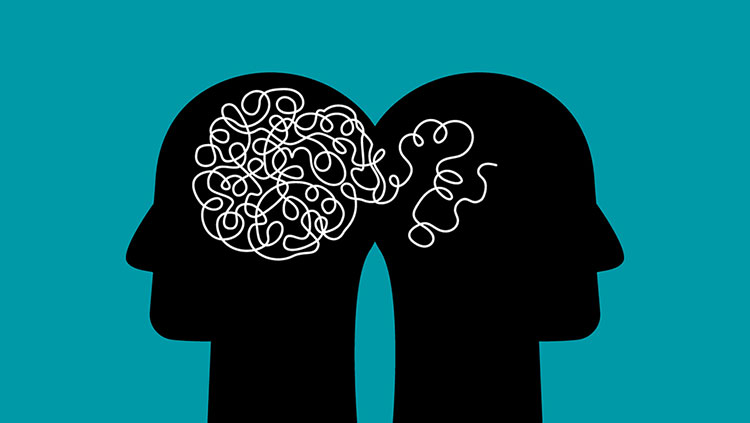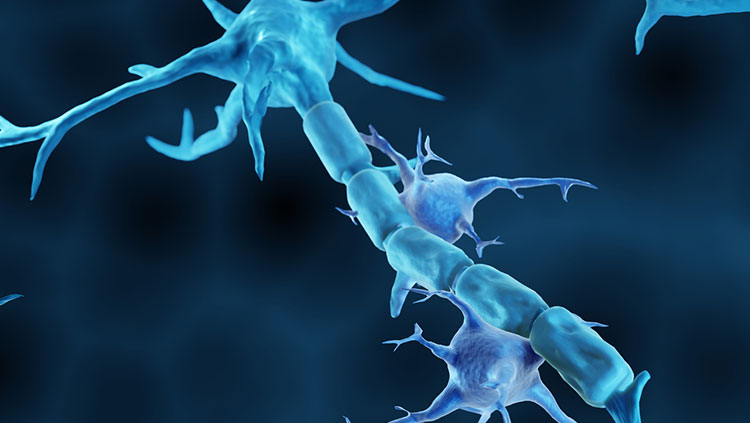ICYMI: Ancient Human Brain Catalog Reveals Insights Into Their Preservation
- Published15 Apr 2024
- Author Tristan Rivera
- Source BrainFacts/SfN
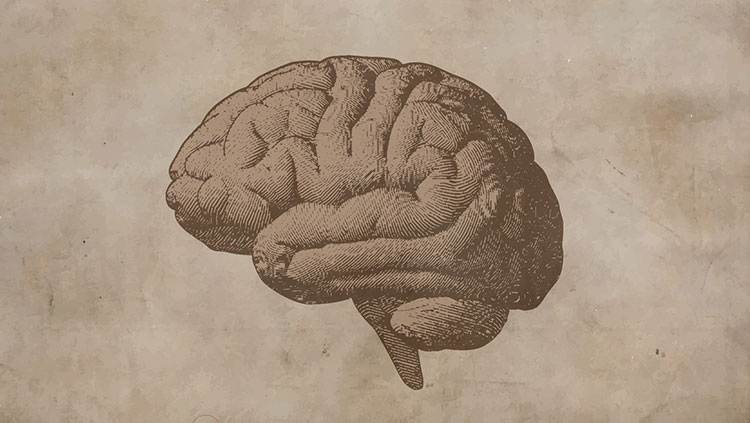
Dehydration, mummification, and freezing are all well-documented brain preservation methods allowing brain matter to last for centuries. But in a paper published March 20 in Proceedings of the Royal Society B, researchers from the University of Oxford in the U.K. identified an “unknown” mechanism of brain preservation even as the body’s other soft tissue has decomposed.
Lead author, former undertaker, and University of Oxford forensic anthropologist Alexandra Morton-Hayward and her team assumed watery conditions would speed up brain decay. However, in her team’s quest to archive brains preserved in archaeological record, they found a subset of brains were preserved through unknown methods. These brains were often excavated in wet environments — found in places like burial mounds, sunken shipwrecks, the bottom of wells, and in lead coffins. They tended to hold their shape and microscopic structures even though the body’s soft tissue dissolved. Many of the brains had the appearance of a standard human brain but were around a fifth of the volume, varied in color, and had a tofu-like texture.
As part of their larger study, the research team cataloged 4,405 known instances of ancient human brain preservation from archaeological literature. Of those, 1,328 instances (~30%) fell into the “unknown” preservation type category. The team’s large catalog provides better parameters when studying these brains; however, Morton-Hayward underscores the desire for respectful and dignified treatment of the remains in future research.
Big Picture: Analysis of older brains tends to yield larger, more complete datasets of proteins within the preserved tissue. Morton-Hayward’s team has brains from several periods and climates, providing a diverse dataset for study — an untapped source of information about our human ancestors.
Read More: ‘Jelly in the skull’: Ancient brains are preserved more often than you think. Science
More Top Stories
- Urinary tract infections can leave lingering bladder pain, possibly from immune-induced new nerve growth lowering thresholds for pain and pressure. Science News
- Three physicists by training — Larry Abbott, Terrence Sejnowski, and Haim Sompolinsky — share the 2024 Brain Prize for pioneering research in computational and theoretical neuroscience. The Transmitter
- CT scans of over 13,000 museum specimens guide a new public collection of digital 3D anatomical models, dubbed “openVertebrate.” Science News
- Two studies suggest chimpanzees and bumblebees can acquire new skills by observing others. Scientific American
- New study explores reciprocal social behaviors in macaques engaged in everyday tasks. Scientific American
- EEG study suggests dogs can construct mental representations of objects when they hear words. Technology Networks
- Music’s syncopation, the rhythmic patterns of beats appearing in surprising places relative to the underlying beat, influences our impulse to dance. Scientific American
- Forming long-term memories can be a rush of activity for neurons, snapping their DNA. However, inflammatory responses may help repair damage and secure memory. Nature
- Chickadees ‘barcode’ their memories to help find their stashes of food. Science News
CONTENT PROVIDED BY
BrainFacts/SfN




